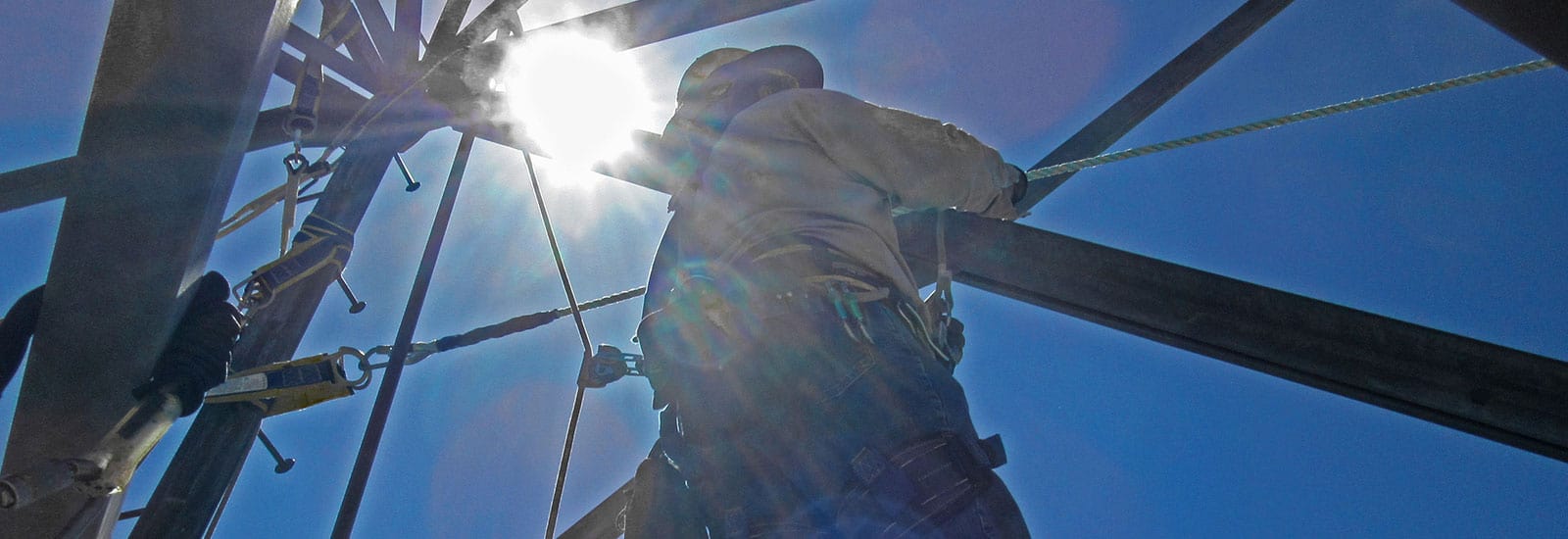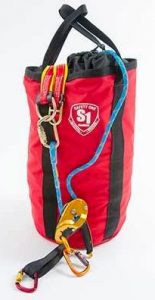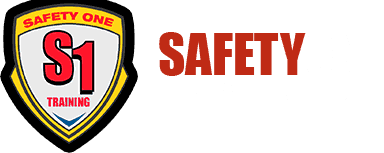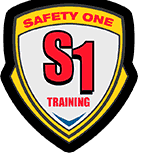
15 Mar Is your rescue plan ready? Top four things to consider…
The Top Four Things to Consider When Drafting a Fall Rescue Plan
Who needs a fall rescue plan?
A fall rescue plan is required for anyone exposed to a potential uncontrolled descent while working at height. This could apply to wind turbine technicians, tower climbers, linemen, WISP technicians and countless other at-height professionals. While it is not possible to cover every rescue scenario in a standard fall rescue plan, with proper skills, training, and knowledge, professionals can create and execute a successful rescue from a wide variety of structures.
When others are counting on you for a rescue, what are the top four things to consider?
#1 First, what is a rescue plan?
Simply put, a rescue plan is a written document that details the planned steps, parties involved and their responsibilities should the need to quickly evacuate an individual occurs.
Some rescue plans are merely a couple of sentences on a JHA or simply a checkbox, others might be several paragraphs and include details regarding weather, location, noted hazards, their mitigation, etc. It is up to you and your employer to discuss and understand what is important and why.
#2 Second, as part of the rescue plan there should be discussion and inspection of the equipment intended for use in rescue.
This could  include pre-rigged fall rescue equipment consisting of a rope with a sewn eye and metal thimble, an anchor sling with built-in edge protection, a carabiner, a controlled descent device and a pick-off sling. Some industries prefer the Rogliss R550 from DBI/Sala or a mix and match of components selected by your in-house safety expert.
include pre-rigged fall rescue equipment consisting of a rope with a sewn eye and metal thimble, an anchor sling with built-in edge protection, a carabiner, a controlled descent device and a pick-off sling. Some industries prefer the Rogliss R550 from DBI/Sala or a mix and match of components selected by your in-house safety expert.
Here is an example of a basic fall protection rescue kit built by the industry experts at Safety One Training.
#3 Third, it’s important to understand why you need a documented plan.
The short answer is, without a documented plan it becomes far more difficult to provide prompt rescue of a fallen or injured coworker. Additionally, should you ever need to discuss your actions, the plan will detail exactly what conditions were faced that day and why certain decisions were made. While we agree that compliance with OSHA and industry regulations are mandatory, our primary responsibility is worker safety.
#4 Finally, where do you gain the knowledge and skills required to create an effective plan and then execute as required?
For best in class safety training, contact one of our training coordinators at 1.800.485.7669 or visit us online at SafetyOneInc.com. We’re happy to discuss your exact needs and make sure your team is up to the task of working safely at-height. We will make sure your team has the hands-on skills and understands what is required for a strong fall rescue plan.


No Comments